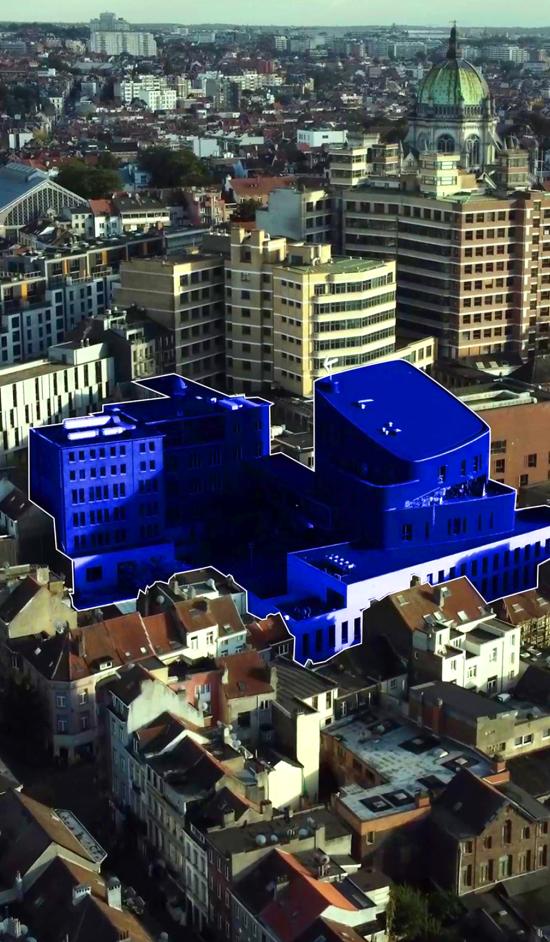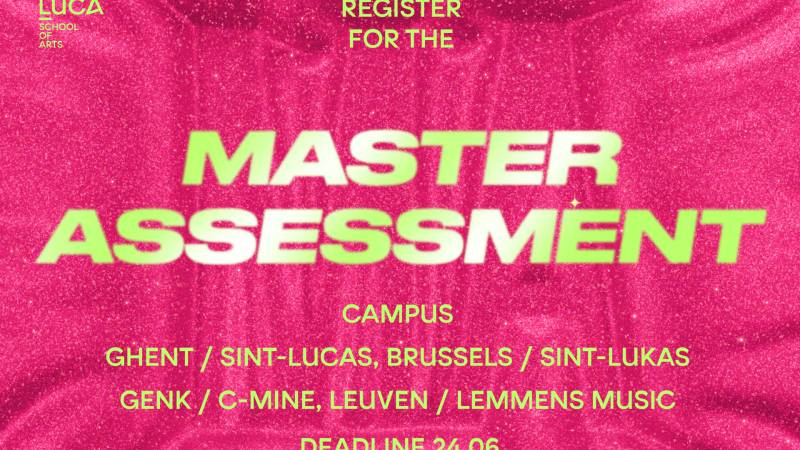
Campus Brussel / Sint-Lukas
Graphic Design in Brussels
The supply of information is growing at a phenomenal rate and is becoming increasingly confusing in our digital society. Now more than ever, we need creative designers to guide us through this abundance of information.
In this four-year academic programme, you will learn to be a graphic designer and how to deal creatively with new media technologies and present information in a visually clear and attractive way.

Our Graphic Design program has a strong distinct profile, which makes it unique in Belgium. We combine creative design with a future-oriented knowledge of media technologies, where clear communication is central.
At the same time, we encourage you to develop a critical attitude so that you not only become visually and technically proficient, but also reflect on the role and impact of information and design in an ever-changing society.
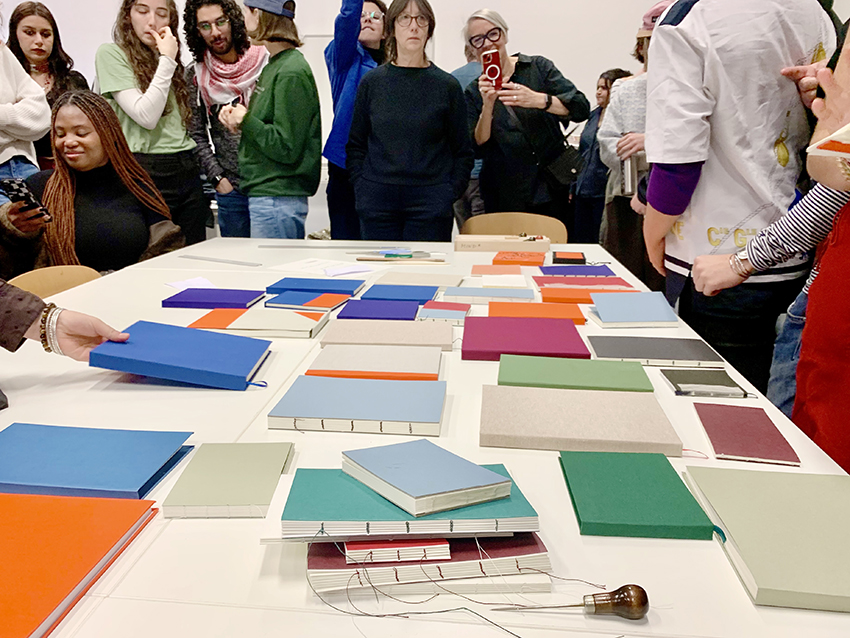
First semester
| Component code | Course name | ECTS credits |
|---|---|---|
| K44228 | English Cultural Module Brussels: "Made in Belgium" | 3 |
| K44518 | Studio Practice Media & Information Design | 9 |
| K44521 | Human Computer Interactions & Storytelling | 6 |
| K44520 | Narrative Experiences | 6 |
| K44522 | Interaction Design | 3 |
| K42935 | Media & Information Design Actualia | 3 |
| Total | 30 |
Programme for exchange students: As an exchange student you’ll enroll in the first semester of the 3rd bachelor year. The semester will focus on:
- You’ll learn how to use your acquired skills and formulate your own design assignments based on imposed themes;
- You’ll broaden your knowledge in different facets of digital media;
- You’ll explore your hardware and software beyond everyday digital devices;
- You’ll learn to use tools and techniques for registering, documenting and presenting your research process.
Clear and attractive visual communication
This is immediately one of the strengths of our program: you learn to analyze, interpret and design complex information so that it can be quickly and correctly understood by the target audience. Through a creative and aesthetic approach, you will come up with stimulating and surprising designs that inform, fuel curiosity and hits the audience right in the heart.
The content of the themes you work with can be quite complex. They are always socially relevant and topical – as you can see in the examples below –, which you give shape through powerful images or gripping stories:
- How to portray urban dwellers from a deprived neighborhood in Brussels?
- When, how and how soon will climate change threaten the world?
- In what ways can you optimize human-computer interaction?
- How do you map stories of migrating refugees?
- How do you explain to someone who doesn't speak your language how to bake a cake or find your way around the airport?
- A particle accelerator, what exactly is that?
- How do you map the patterns of your own life?
- How does the use of A.I. affect our energy reserves?
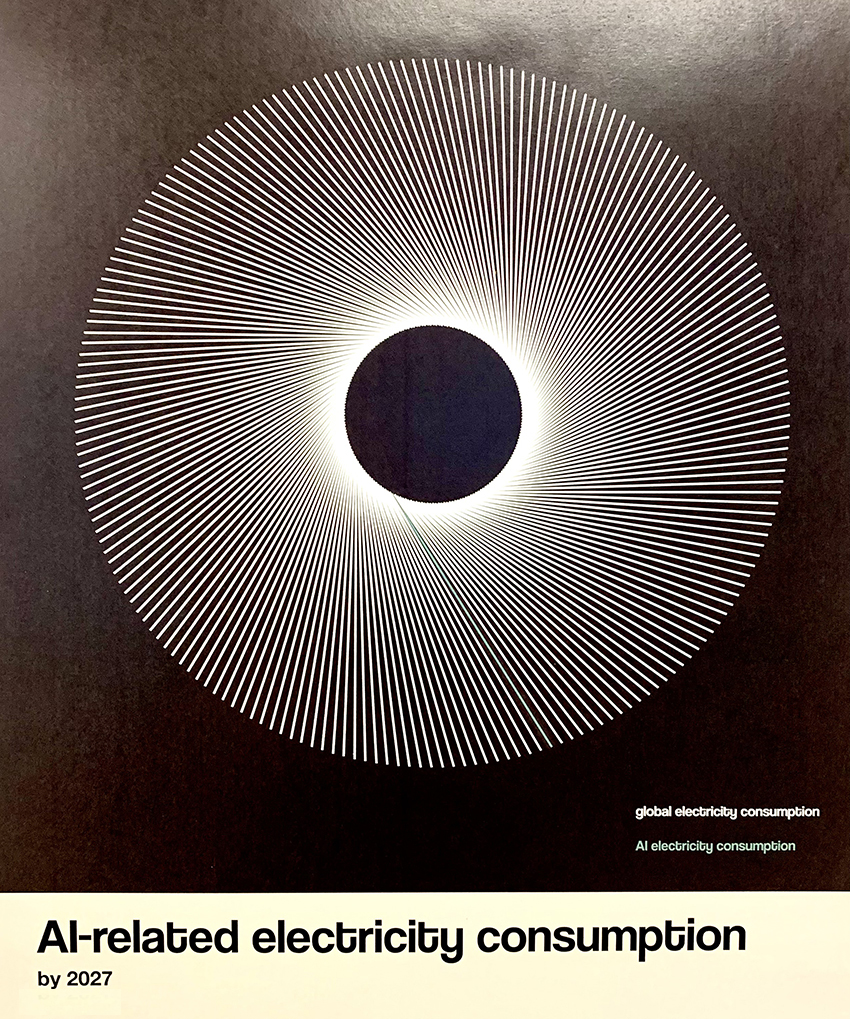
You start in the first bachelor year with the basics of graphic design, in print and on screen. You will learn how to communicate purposefully with text, image, shape, color, symbols, layout ... or how to visualize the essence of stories, ideas, facts or numbers - that is, information - in a compelling way.
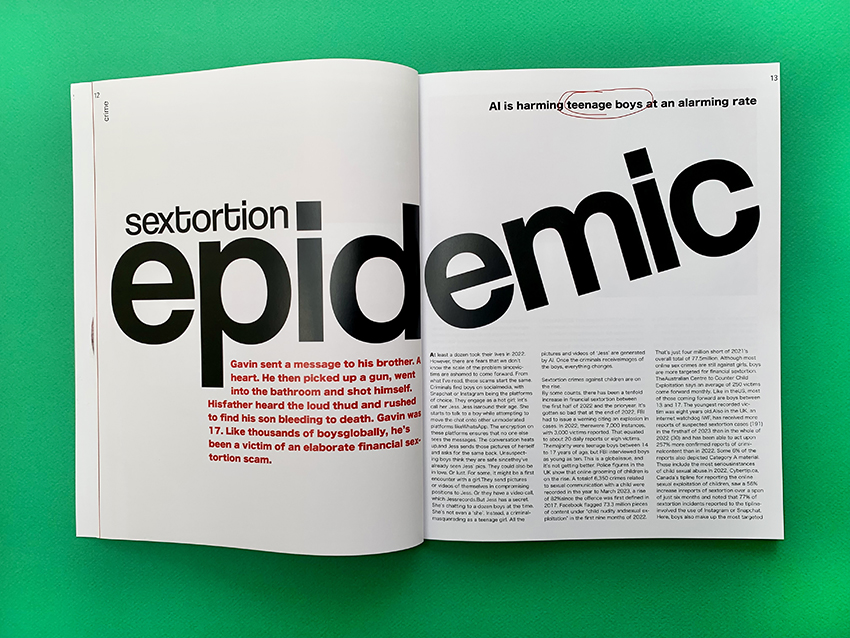
You will design books, posters, magazines, websites, visual instructions, brochures or catalogs, data visualizations and infographics, websites, animations, all kinds of interactive applications, installations, an exhibition or your own portfolio.
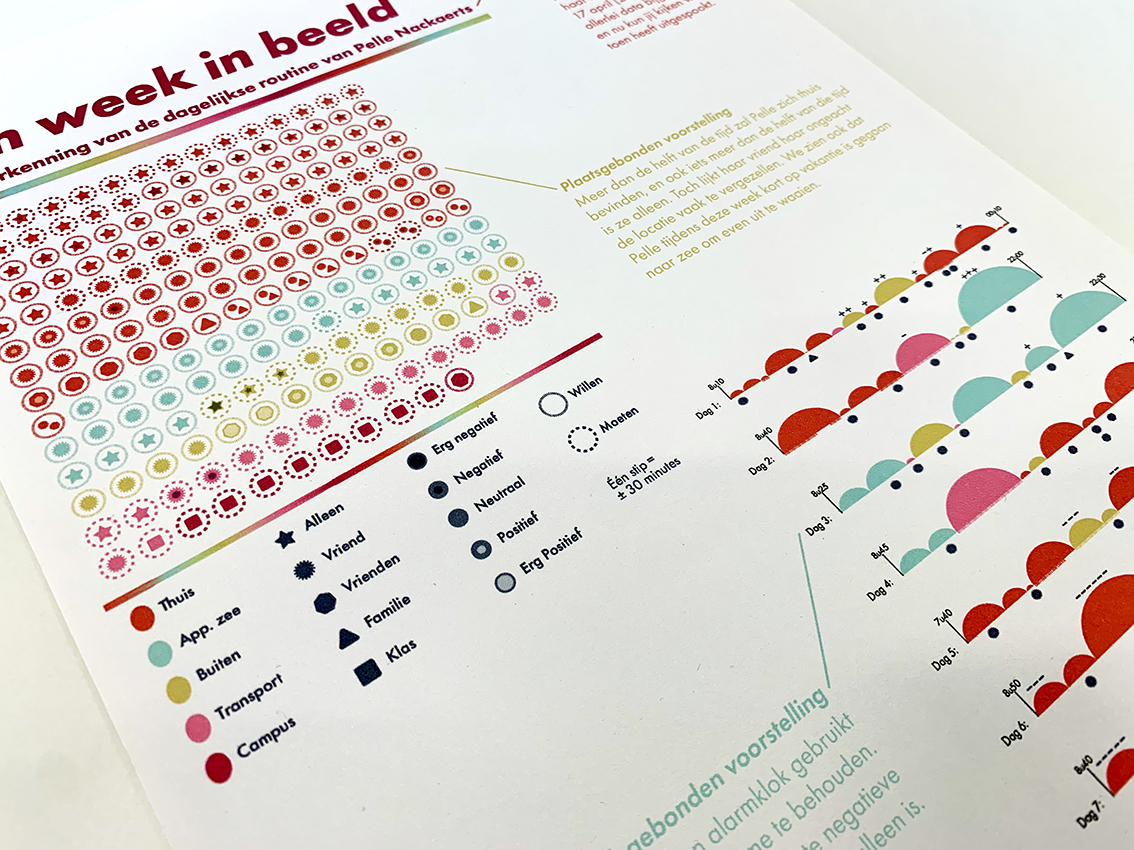
A wide range of media technologies
On the other hand, we pay great attention to the use of various media technologies. For example, in one case a book, a poster or a magazine may be the best medium for a particular assignment, in other cases a website, a video, an interactive installation or a combination of different media. You will therefore be taught various graphic techniques and visual software. The emphasis lies on the latest technologies in digital imaging.
You become familiar with digital code and data, and you learn to design using artificial intelligence, augmented reality, or you create three-dimensional works via laser cutting, UV or 3D printing.
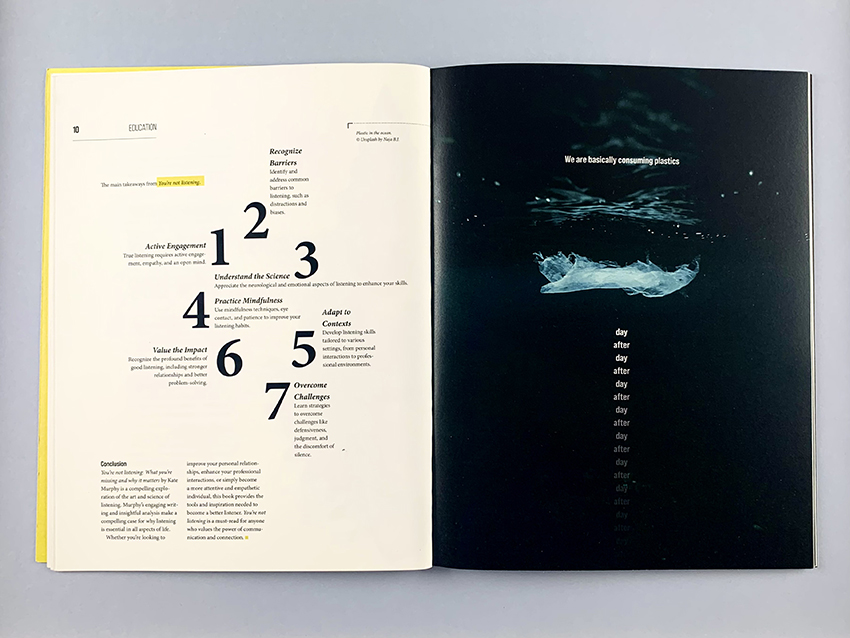
Unique in Belgium is the Spatial Computing Lab where you can experiment with the latest interactive techniques. Of course, we also pay attention to the basic techniques of graphic design: typography, paper and print.
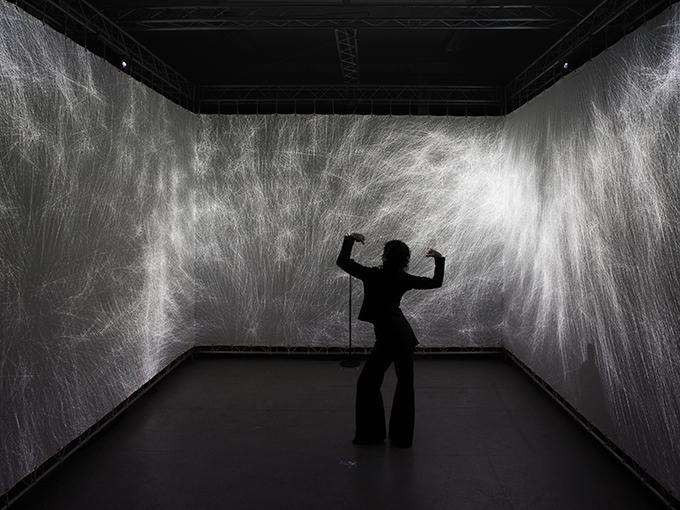
In the first years, you are given assignments in which you can use a wide range of media and technologies. Gradually you will learn how to deliberately choose a medium yourself. This immediately gives you the opportunity to try out and better master the media and technologies that appeal to you most.
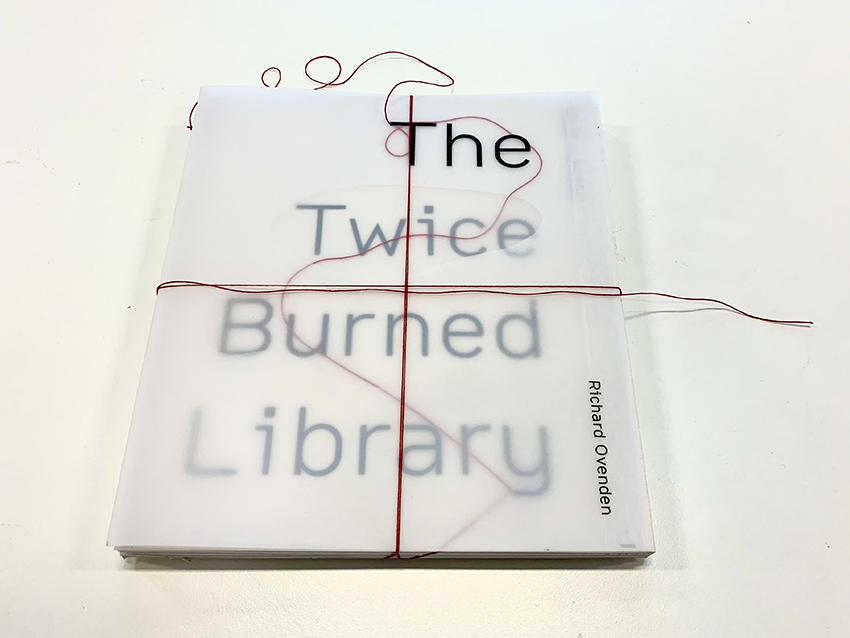
We are very proud of what our students created, performed and realized in the course of their studies. On our blog you will find a selection of their most remarkable designs.
Practical
Classes begin in late September and end in late June. There are two semesters of 12 weeks of classes each. At the end of each semester there will be theory exams and practice exams. You usually have classes throughout the week, but there are also class-free times when you can work on your assignments at home or in our studios.
Practice and theory
Our training is mainly practical. General theory subjects such as History of Art, Literature or Perception and Visual Anthropology give you a broad basis. More specific theory subjects such as History of Design or Media & Information Design Studies provide direct support for your practical assignments. In addition, a variety of academic research techniques are also amply covered.
Individual feedback
Most of your training is spent on design. You will receive weekly supervision in small groups and regular individual feedback. We have experienced that this produces the best results because designing always starts from your own personality.
Learning to present your work
You will also be well coached in presenting your designs to a wider audience (your fellow students, teachers, internal and external clients or jurors). You will learn to explain step by step the ideas on which your design is based.
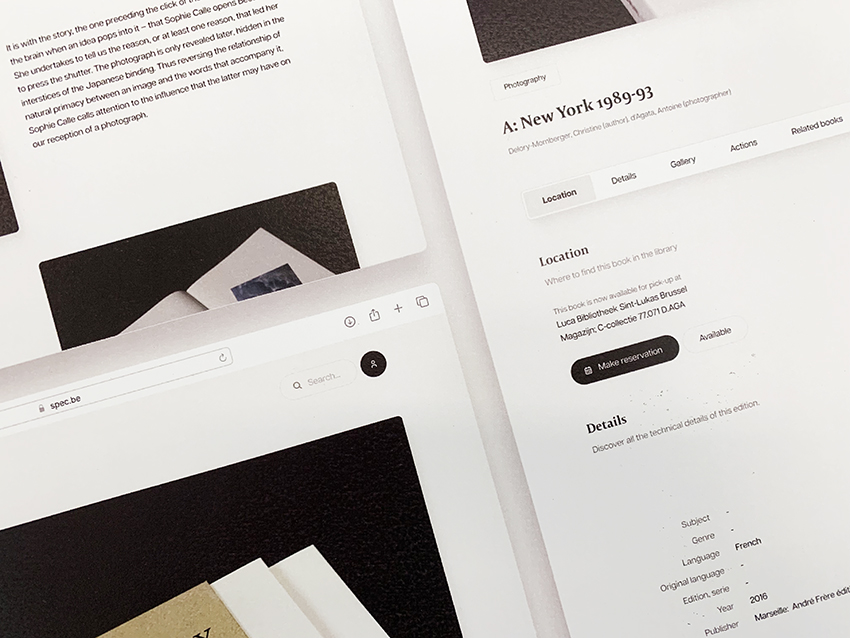
A good command of English (level B2) is required to make the most of your stay with us.
Interested in this course?
All Erasmus+ Exchange Students need to apply via the exchange application procedure of LUCA School of Arts. During your application process, you can indicate the LUCA campus of your choice and the exchange programme you wish to apply for. Notice that not all programmes are open for incoming exchange students in both semesters. An overview can be found here.
- The deadline for the Autumn Semester / full year is April 1
- The deadline for the Spring Semester is October 1
Outcome Exchange Application
The outcome of the application can be expected within 4-6 weeks after the application deadline. Both you and your international coordinator will be informed about the result of your application by e-mail. No need to inquire about the outcome yourself.
Where do you have class?
Facilities & campus life
Campus Sint-Lukas Brussels
Paleizenstraat 70
1030 Brussels
+32 2 250 11 00
An international campus and an added value to your programme
- A modern and open campus in one of Europe's foremost artistic hubs
- Studio's and workshops, a state of the arts lending service, high tech print rooms …
- A creative community with four educational institutions and over a thousand artist and designers
- An art library renowned for its collection in the country
- At walking distance of the Brussels North railway station
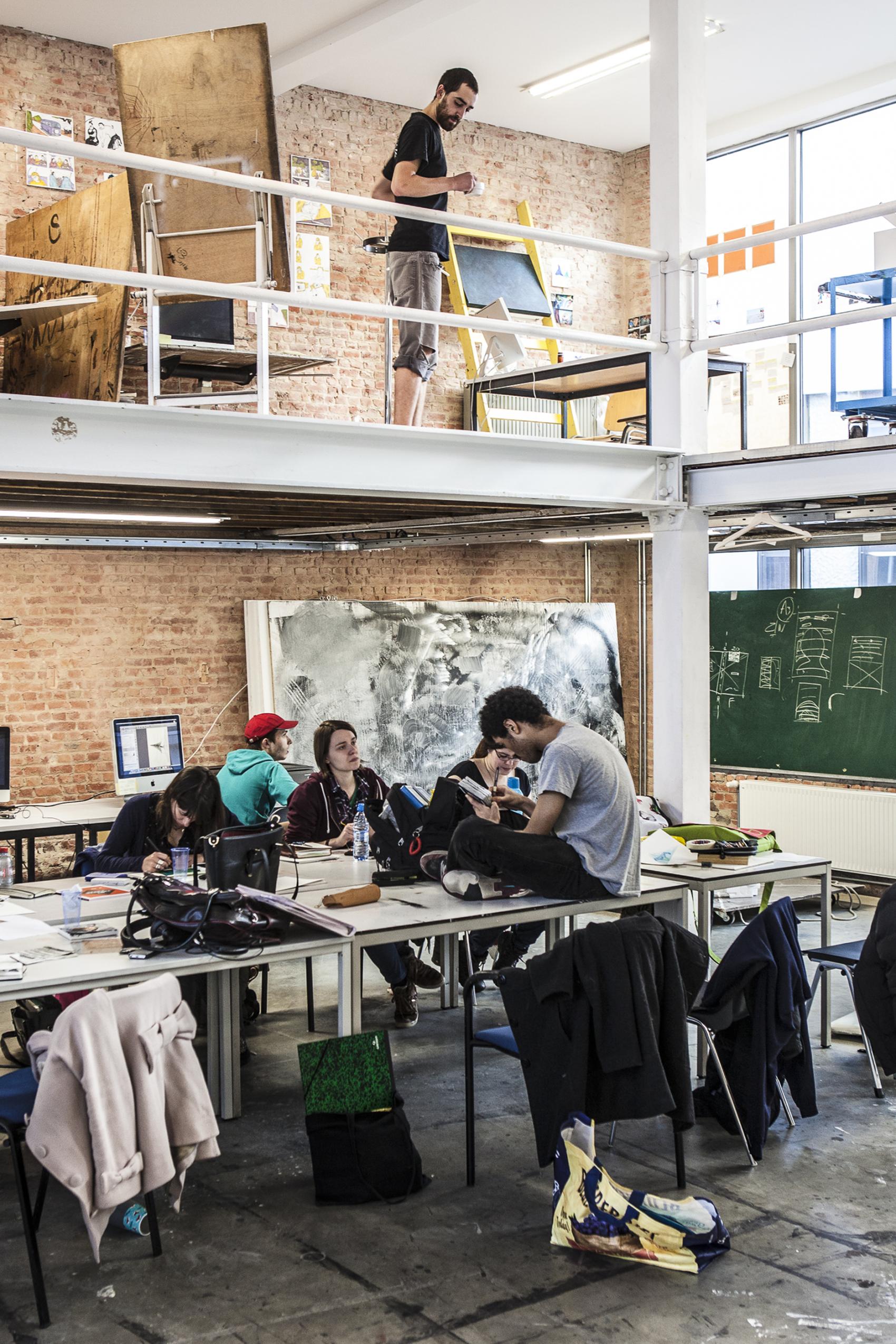
Contact
If you need more information, don't hesitate to contact me:
- Bettie Smets, International Coordinator campus Sint-Lukas Brussels and Narafi Brussels
- bettie.smets@luca-arts.be
- Tel: +32 2 308 27 62
At LUCA we attach great importance to the quality of our courses
If the basic principle of the policy plan means that 'quality is our driving force', and that every aspect of the policy can be tested against this, then LUCA undeniably wants to develop and nurture a strong quality culture: a culture that leaves based on trust in people with talent and expertise, and which is aimed at valuing, inspiring and improving.
The formal quality framework for training within LUCA was named KOPERA, which stands for: Critically Analyzing the Quality of Training with Peers in Own Direction.
For KOPERA, LUCA starts from a vision of quality care that is based on trust and aimed at valuing, inspiring and improving.
During the six-year KOPERA cycle, each training course receives a panel of critical friends who examine the implementation of the quality characteristics and examine how the training contributes to the general LUCA policy.
The final element of KOPERA is the ultimate assurance of training quality. The key question is: "Does the program have a good quality culture that follows the 'plan-do-check-act' circle?"
LUCA publishes a quality sheet for each course. You can find this on the Education Quality page.
Visit us
Are you curious about our approach to art education? During our open days, you will get all the information you need, visit the campus, talk to our teaching staff and students ... Still not convinced? Visit our graduation show! During this, on-campus two-day art festival you can experience first hand how good our students really are.
